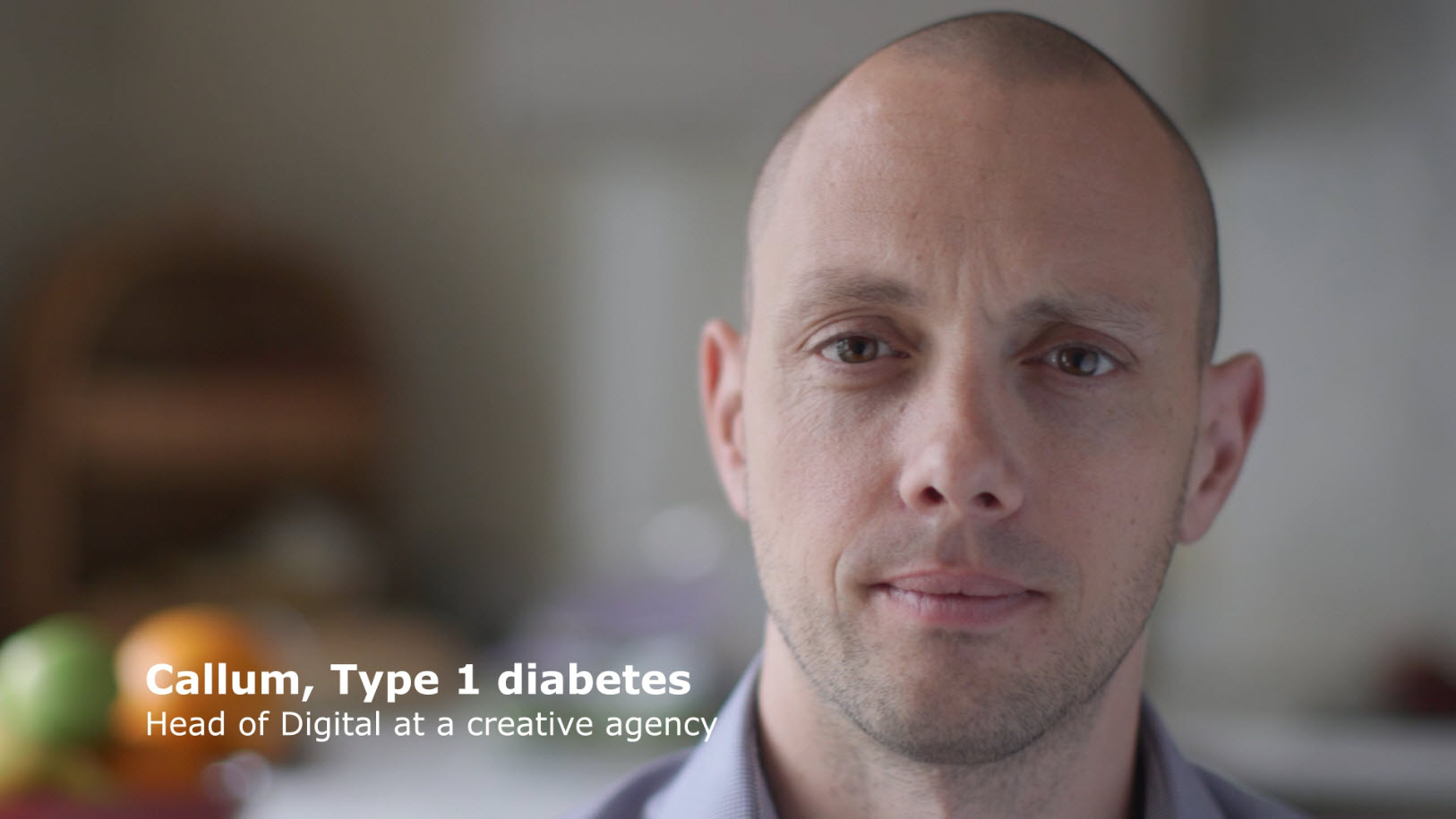Host Intro: The current covid-19 situation hit the U.S economy. To slow down the spread of virus one by one, the U.S cities are imposing the shutdown of schools, colleges, public places and non-essential stores. Some stores are closing temporarily for a period which can cause workers to lose their jobs and face financial challenges. According to theregreview.org 6.6 million Americans filled for unemployment. The highest number of unemployment claims filled in the history. Due to pandemic situation, the number of unemployment rate has been increasing. The U.S department of labor released the report that shows the overall rate of unemployment has increased to 4.4%. Covid-19 also affected businesses, and financial sectors are facing losses. The business sectors Includes restaurants, bars and entertainments where people are more in contact and close to each other. Coronavirus has a highest risk of spread, so companies in these industries are the first to be affected, causing the unemployment of workers. Here’s Zarifa Ahmadi with the story.
Track: Various small industries negatively impacted by covid-19; a Fox news reports Sandy Lenger story. Sandy Lenger manages a bar the governor order to close, to slow the spread of virus.
ACT: Sandy Lenger (report from fox news) we been closed for approximately two weeks; a lot of our income goes to that, so I was told to come down here and I was glad they were open.
AMBI: sound of footsteps of people walking to the unemployment office
Track: people who lose their jobs are the ones who face the most of financial problems, some of the workers are not even eligible to apply for unemployment benefits. It’s a hard and challenging time for them to pay rents, bills, and to feed their families.
ACT: (Vickeia Mayweather) I just came here to check my claim to see what’s going on.
Track: According to report by a Fox news Vickeia Mayweather a school bus driver is out of work for at least through April 5th
AMBI: Sounds of people talking on unemployment office
ACT: I need to keep my rent, my vehicle you know bills got to be paid the government isn’t going to stop that, so they have to. I want to keep my light and gas on and stuff.
Track: For the people, the timing of the job loss is questionable but, in this situation, nobody can do anything. Most of the students are part-time workers as well. Students face the problems of unemployment named Fatima from St john’s college was working at CVS and now, she is been out of work for the past 2 weeks. The CVS store temporarily closes to slow down the spread of virus. Let’s hear from Fatima.
ACT: (Fatima) My name is Fatima. I’m a student at saint jones university. I currently work at a local pharmacy and due to the pandemic, we have been experiencing a lot of staffing issues. we actually had a positive case of corona virus at my pharmacy and that led to a lot of people been quarantined and we had low staff and a lot of our staff took leaves and absences which led to our pharmacy temporarily closed for the last two weeks so currently I’m unemployed and its been really hard. My heart goes out to anyone else experiencing troubles either health wise, mentally, physically, or financial troubles and yeah, I just want everyone to know that we will get through this.
Track: As businesses throughout the country closed during the Covid-19 pandemic and as I mentioned earlier over six point six million people across the nation filed for unemployment benefits.
ACT: (Singh) Honestly, I feel um helpless like there’s not much more I can do.
Track: Singh is a full-time student at John Jay college and was advised by his employer to file for unemployment as a result of the recent health crisis unfortunately.
ACT: Unfortunately with me being laid off I do have to use the money that I was gonna use as tuition, which is also my emergency fund I do have some of that money and I might not be able to take classes next semester if I’m not able to get it through on the unemployment website.
Track: According to DOL report, on a typical week the DOL receives about fifty thousand calls and about three hundred and fifty visits to their website the last week of march they received 8.2 million calls and over 3.4 million visits to their website.
ACT: It was very high ceiling because it would take this to like the last page where you filled out a bunch of information then it would automatically just crash and bring you back to the first page.
ACT: I apologize for the pain it is must infuriating to deal with I am telling you we have every technology company, the company working on it we’re spending a lot of money.
Track: In a press conference on Tuesday, New York State Governor Andrew Cuomo apologized for the difficulty New Yorkers faced when trying to apply for unemployment.
ACT: (Andrew Cuomo) The site is so deluge that it keeps crashing because you literally have hundreds of thousands of people at any time trying to get on the site and it continue to crash
Track: According to the DOL they created a two-fold plan to help New Yorkers applying for unemployment the first part reducing the volume of unemployment application a day and encouraging New Yorkers to apply on specific days based on their last name the second part to increase the capacity of staff to deal well, taken additional staff from other agencies. Zarifa Ahmadi from New York.



